Search
Search Results
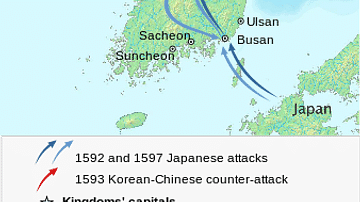
Image
Map of Japanese Invasions of Korea, 1592-98 CE
A map showing the two Japanese invasions of Korea between 1592 and 1598 CE, otherwise known as the ‘Imjin Wars.’
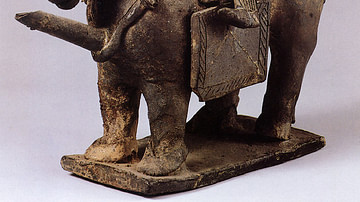
Definition
Kim Yu-sin
Kim Yu-sin (aka Kim Yushin, 595-673 CE) was a general of the Silla kingdom which ruled south-eastern Korea during the Three Kingdoms Period. Kim would greatly help Silla unify Korea, famously leading a massive army to crush the rival kingdom...
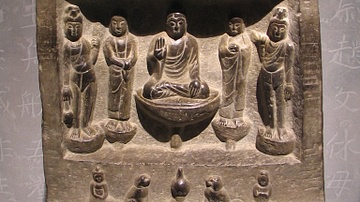
Definition
Balhae
The Balhae (Parhae) kingdom in Manchuria (698-926 CE) was an important regional power which interacted both peacefully and otherwise with its neighbours the Unified Silla Kingdom of Korea and Tang China. The latter was a strong cultural influence...

Image
Map of the Indo-Saka Kingdoms
Map of the Indo-Saka / Indo-Scythian Kingdoms.
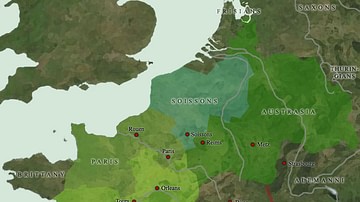
Image
Map of the Frankish Kingdoms AD 511
The founder of the Merovingian Frankish kingdom was Clovis. He followed an aggressive policy of conquest to build up the kingdom over much of modern France, but his death in 511 saw his realm chopped up into several smaller kingdoms. It...
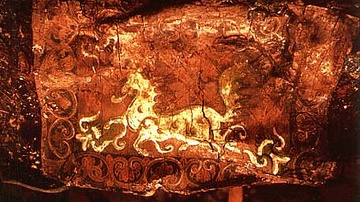
Definition
Cheonmachong
Cheonmachong is a 5-6th-century CE royal tomb of the ancient Silla kingdom of Korea located at the Daereungwon Tomb Complex in Gyeongju. It is popularly known as the 'Heavenly Horse Tomb' because of a painting of that animal on a birch-bark...

Video
The Most Ancient Ruins of Korea - Dolmen : Gochang 고창 고인돌
In Korea, the total number of known dolmen is estimated to be around 30,000. Gochang(고창) is the largest Dolmen site in Asia which holds more than 447 dolmens and was officially registered with UNESCO on November 29, 2000. Dolmens serve...

Image
Hellenistic Successor Kingdoms c. 301 BCE
A map illustrating the Hellenistic World and the successor kingdoms of the Diadochi (Alexander the Great's successors) c. 301 BCE.
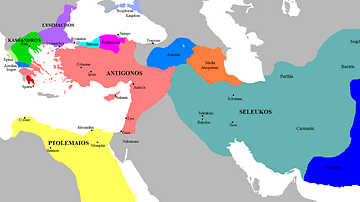
Image
Map of the Successor Kingdoms, c. 303 BCE
Map of the Diadochi successor kingdoms to Alexander the Great's empire, before the Battle of Ipsus (301 BCE).

Image
Map of he Taifa Kingdoms of the Iberian Peninsula, 1031-1086
This map shows the fractured landscape of al-Andalus following the collapse of the Umayyad Caliphate of Córdoba in 1031. Dozens of independent Muslim-ruled states, called taifas (from the Arabic for "party" or "faction"), rose from the ruins—engaged...